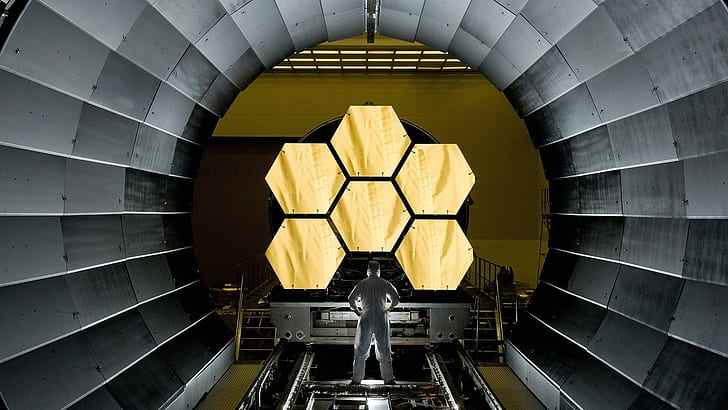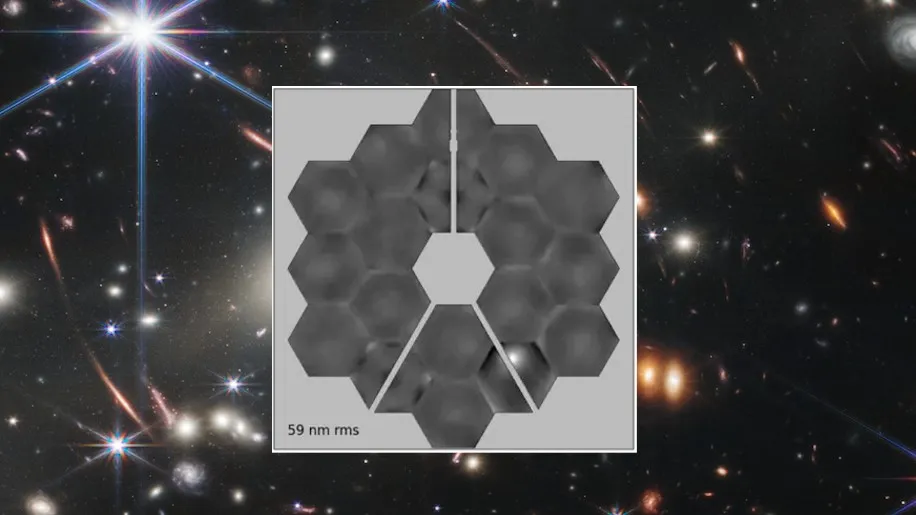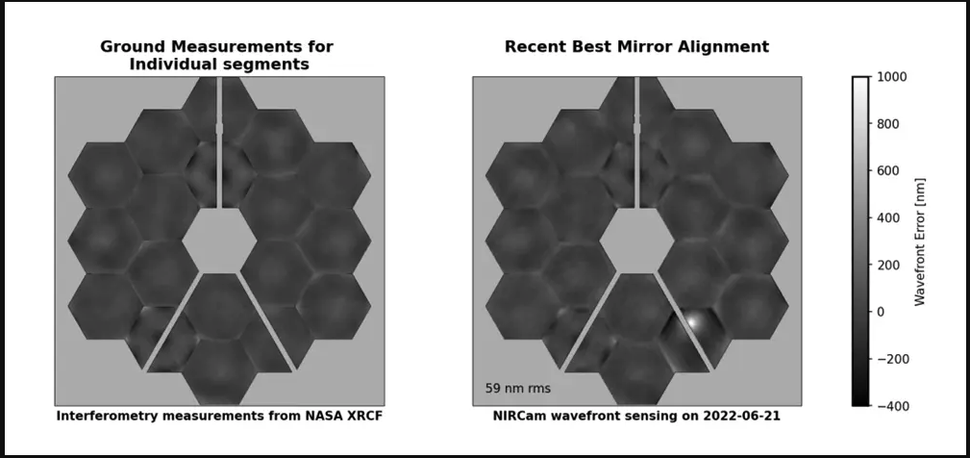SPECTATOR GOT SIGHT !
THE SPECTATOR
SERIES NAME: - "LEVEL UP" BY = CHITEKI KUN!-(N.S.R)
Since launching on Dec. 25, 2021, NASA's James Webb Space Telescope (JWST) has been pelted by at least 19 tiny space rocks including one large one that left noticeable damage on one of the telescope's one of the 18 gold-plated mirrors.
In a sprawling new status report posted to the pre-print database . NASA researchers have shared the first images showing the extent of that damage. The impact site appears as a single bright white dent besmirching the golden mirror's surface.
The impact — which likely occurred between May 23 and May 25 this year — left "uncorrectable" damage to a tiny portion of that mirror, the report says. However, this little dent doesn't seem to have inhibited the telescope's performance at all. In fact, the JWST's performance is exceeding expectations "almost all across the board." (Good news for fans of stunning space images.)
Tiny rocks known as micrometeoroids are an all-too-familiar threat to spacecraft in near-Earth orbit. The U.S. Space Surveillance Network keeps track of more than 23,000 pieces of orbital debris measuring larger than the size of a softball — however, the millions of nearby space chunks that are smaller than that are almost impossible to monitor.
Instead, NASA and other space agencies plan for unavoidable impacts.
"Inevitably, any spacecraft will encounter micrometeoroids," the new report says. So far, six micrometeoroids have left noticeable "deformities" on the JWST's mirrors, amounting to about one noticeable impact per month since the telescope launched.
What was unexpected, however, was the size of the larger impactor that dented the C3 mirror. This space rock was seemingly larger than the team had prepared for, and researchers are now trying to assess the impact that further strikes like this could have on the JWST.That's all within the realm of the expected. When building the JWST, engineers intentionally hit mirror samples with micrometeoroid-sized objects to test how such impacts would affect the telescope's performance.



Comments
Post a Comment